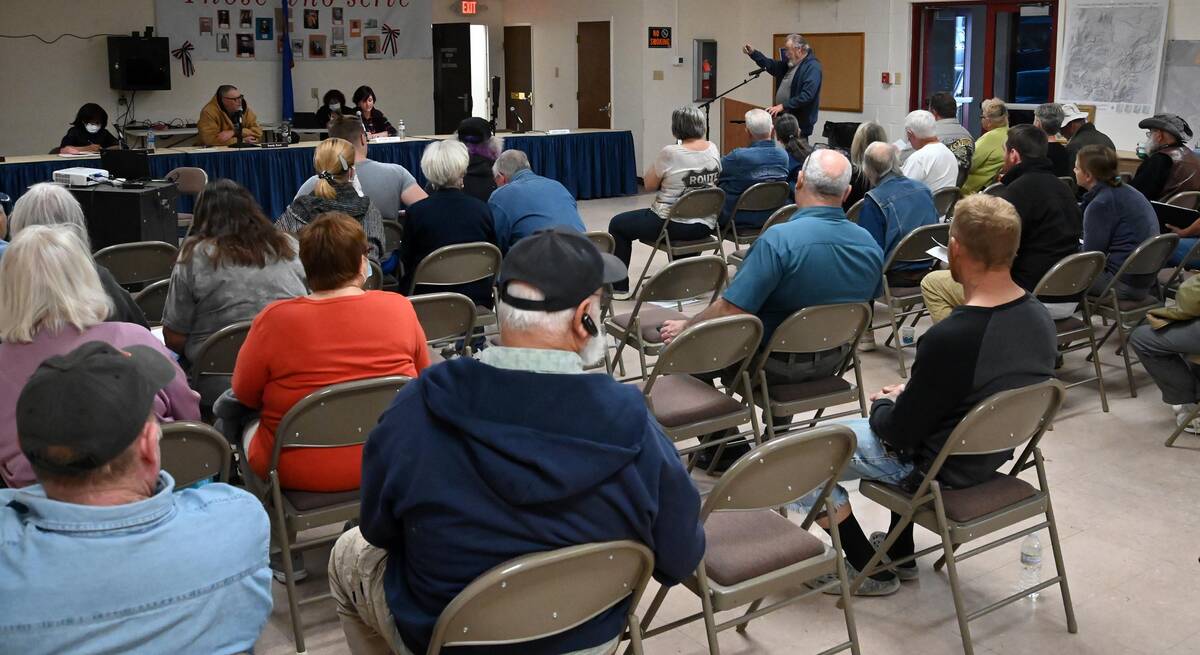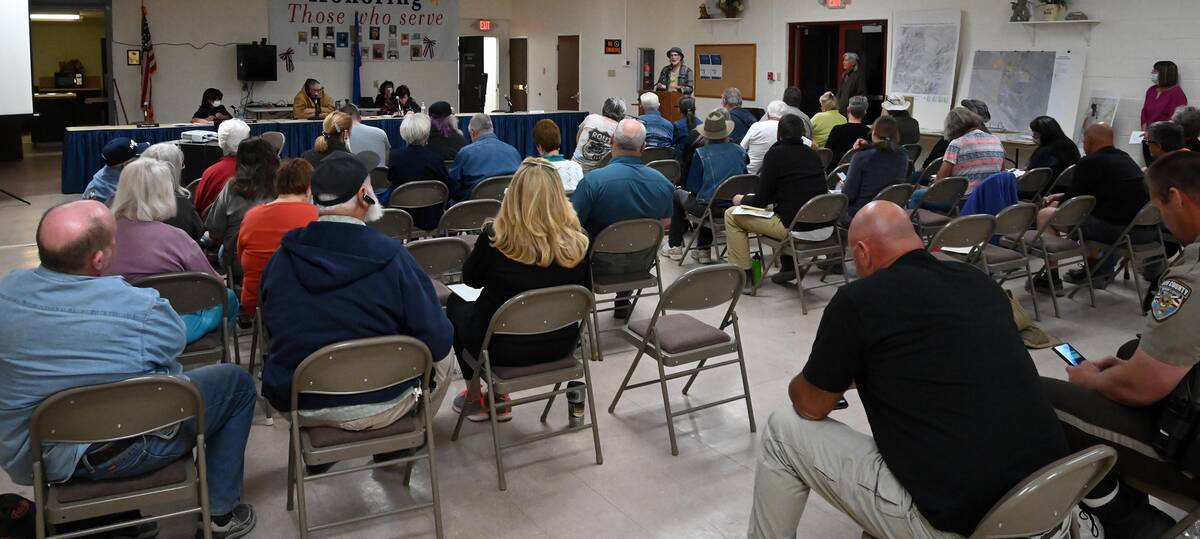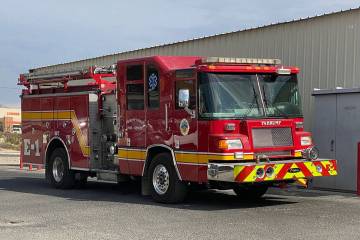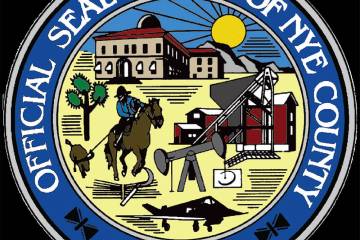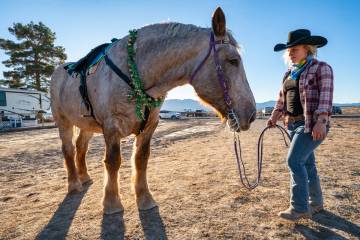Solar energy projects opposed in Beatty workshop
Pahrump residents were among the most vocal in speaking out against large-scale solar energy projects in the workshop on the subject held by the Beatty Town Advisory Board Monday, Nov. 8.
Joe Davis, of Pahrump, was the first to speak. Saying his background was in the nuclear energy industry, Davis said that solar energy is “not as safe as everybody says it is,” saying that it would poison landfills and water with heavy metals, would pose a danger from EMF radiation, and would use up basically all the available land and still not be able to replace the energy output of nuclear plants.
Asked about the source of his information, Davis said that he had “Googled it.”
Jeannie King, also of Pahrump, said that solar projects would destroy horseback riding and other forms of outdoor recreation in the area, that the would disturb the soil, creating a “poof dirt” problem, and causing cyanobacteria to release “huge amounts of carbon.”
“We are the Wild West,” said King. “We can blow this out of the water.”
Speaking as a member of the Timbisha Shoshone tribe, Barbara Durham said, “I’ve come here as a neighbor.”
She was concerned about disturbance of the desert land, which she said was ancestral land to her people, but also the effect on wildlife, such as the desert tortoise.
Claudia Holmes, who recently moved to Pahrump, said she dealt with such things as the current political climate by hiking and horseback riding, and said solar projects would “change things drastically” for the environment, the landscape, and animals.
Jaina Moan, from the Nature Conservancy, said the organization was concerned about the effects of the projects on wildlife. They are particularly concerned about the proposed path of the Greenlink West power transmission line, which crosses a ranch they purchased near Beatty.
Moan pointed out that the Beatty area is a “pinch point” for Greenlink West because the town and its immediate surroundings are bordered on one side by the national park and on the other side by the Nevada Test and Training Range.
She said the Conservancy is promoting what they call the “Start Smart Plan,” which looks into alternatives, such as putting the solar farms in areas that are already disturbed, and that the organization would like to “help find another way.”
Moan also said that the Greenlink project, appears “inevitable,” a viewpoint not shared by some other workshop participants, notably Laura Cunningham.
Cunningham said that the public input required by the permitting process provides the opportunity to slow or stop the project, and that it also would face lawsuits.
Kevin Emmerich said that the recently passed infrastructure bill will probably provide funding for Greenlink, which is the project that is attracting solar developers along its route. He advocated pushing for a solar-free buffer zone around Beatty.
Karl Olson, caretaker at Rhyolite and promoter of offroad recreation in the area, said that he was in no way opposed to roof-top solar, but, as for the large-scale solar farms, “We need to stop describing them as solar energy or green energy. They are industrial power plants.”
“It’s no time to be nice,” said Olson. “It’s time to get real.”
At the end of the workshop, Beatty Town Advisory Board Treasurer Erika Gerling asked for a show of hands of any who were in favor of the solar projects. It was, perhaps, an act of bravery for one timid hand to be raised.
Richard Stephens is a freelance reporter living in Beatty.


